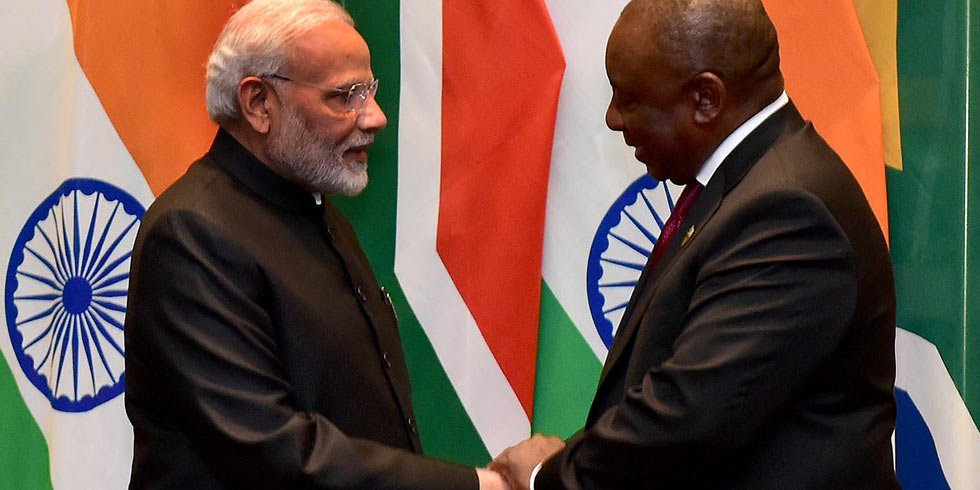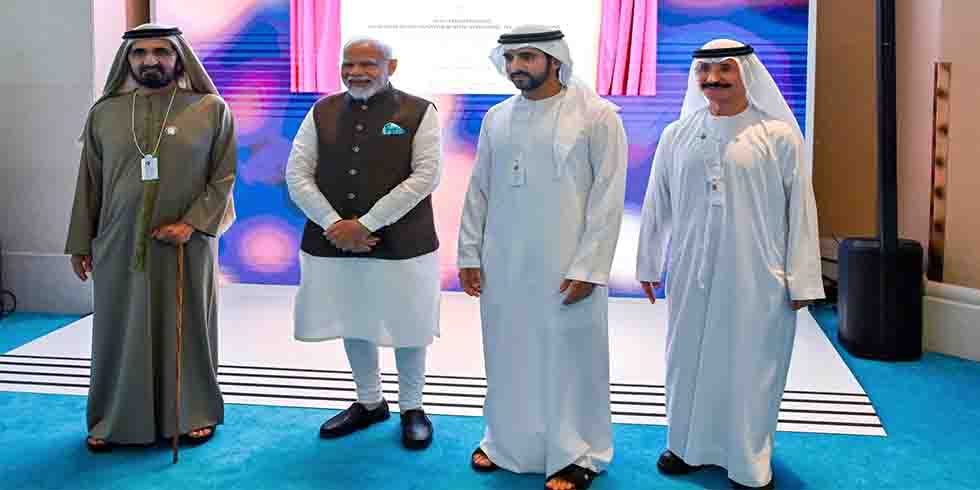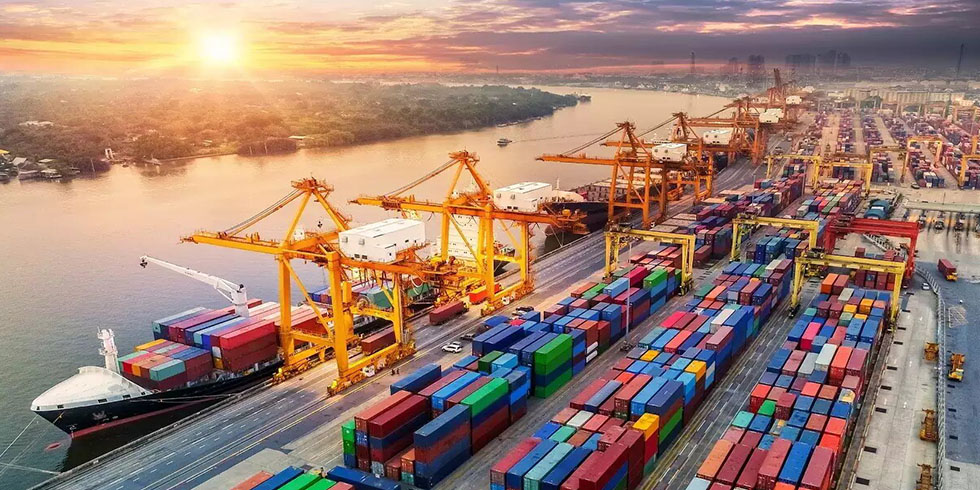Market and resource seeking is the primary reason for Indian enterprises' expansion into Africa, which has far greater potential in terms of boosting forward and backward linkages and effecting local competitiveness.
Outward foreign direct investment (FDI) development in India is being supported by the country's growing competitiveness and desire to expand worldwide. India's foreign direct investment in Africa is focused on the core commodities sector. Automobile and pharmaceutical companies have a stronghold on the manufacturing sector. Greenfield investments (GIs) and joint ventures (JVs) account for the majority of Indian FDI in African nations, which are wanted by host countries owing to their contribution to additional production capacity, job creation, and technology transfer, among other things.
There are a lot of variables that encourage Indian investors to invest in Africa. Sociocultural characteristics, host nation policies, regional integration agreements, bilateral investment treaties (BITs), GDP growth, and political economy issues are among the determinants. Language, culture, and the presence of the Diaspora all have a role in attracting FDI. As politics and business merge, the link between India and Africa exists and works at all of these international levels.
The connections between India and Africa have been led by a long history of solidarity, which includes similar principles and goals dating back to the Non-Alignment movement and the synergy that characterises the African and Indian subcontinent's independence struggles. There are various periods to this lengthy history of solidarity. The first phase corresponded with imperialism in the 1900s, when Indian industrialists trading with Africa and Indian military serving in British colonial projects were firmly entangled in the continent.
Thousands of Indians migrated to east, central, and southern Africa as a result of job possibilities created by the development of Indian economic interests and British colonial undertakings such as the construction of the Uganda railway. Merchant immigration from India continued after the railway construction was completed until the 1920s, when Indians had monopolised the whole East African retail trade. Apart from Mahatma Gandhi's extended stay in Africa and contributions by certain other Indians to the region's political awakening, Indian-African relations were formed by a very unequal and hierarchical economy and culture throughout this period.
The second phase began with decolonisation politics, which was followed by newly independent Indian and African nations, all of whom placed a high value on modernization, technical collaboration, and scientific growth. From the late 1980s to the present, the third phase encompasses the corporate globalisation era, with large Indian corporations and their investments in Africa being the primary driver of India-Africa ties.
Indian corporations such as the Oil and Natural Gas Corporation (ONGC), Bharti Airtel, Reliance, Mahindra, and Tata, to mention a few, have established a foothold in Africa. At the same time, India has offered more over USD2 billion in technical 3 support to developing nations in the South, the majority of which has gone to Africa. A lot of initiatives were started with India's help in the 1990s.
Indian O-FDI in Africa: Trends Indian corporations are primarily looking for markets and resources in Africa, but there is much more potential in terms of fostering forward and backward linkages and effecting domestic competitiveness. Indian businesses are increasingly striving to extend their commercial operations and diversify their sources of natural resources, as well as their markets, in the context of new trade policies and increased economic collaboration with African nations.
To summarise, India still has a long way to go in Africa in terms of trade and investment, especially when compared to other nations. In addition, the continent still has a lot of untapped commercial potential. It is necessary to conduct a more comprehensive analysis of India's strategy toward Africa, as well as specific papers that report on the patterns and trends of India's external FDI to Africa. However, it is clear, even at first sight, that India is here to stay. The investments will only grow in size and spread throughout the continent gradually. India appears to be courting Africa at all levels and is likely to give the other suitors a run for their money.










Add Comment